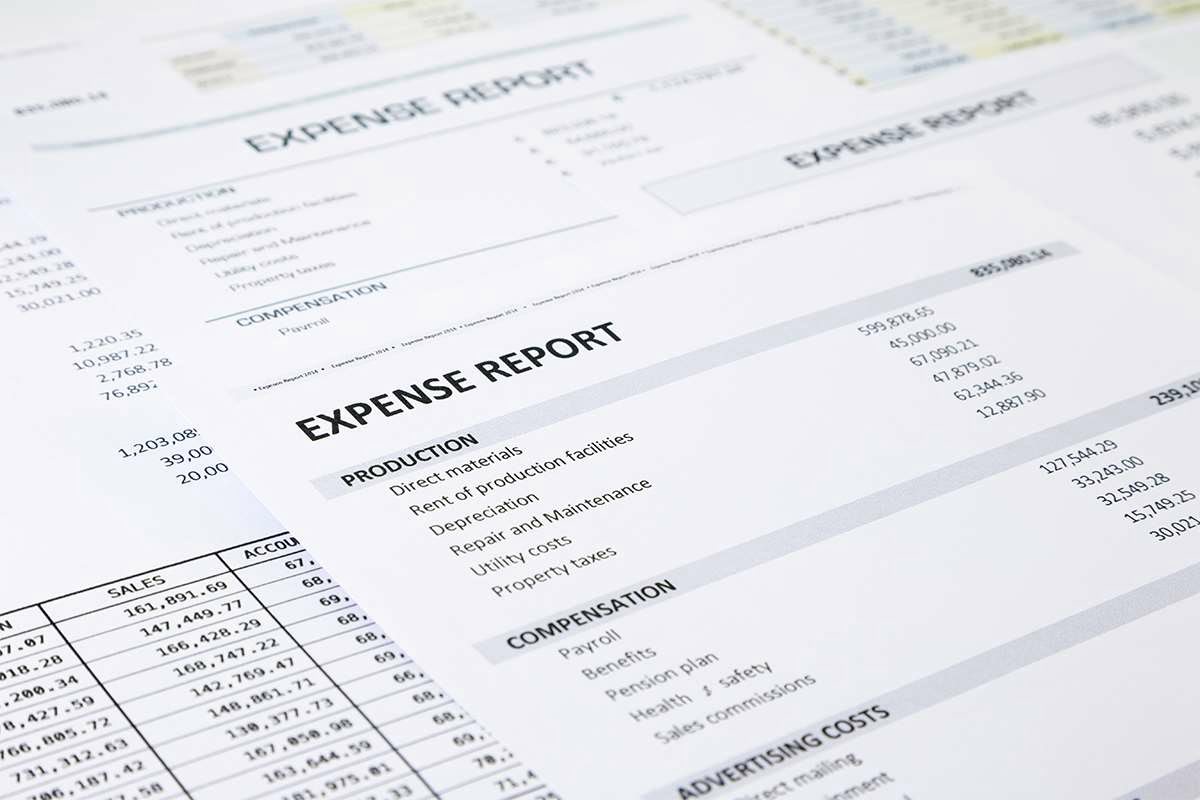
This process is crucial to guarantee the accuracy and transparency of a company’s financial statements, which in turn allows informed decisions to be made, minimizing the margin of error. It includes all subsequent activities after the recording financial transactions related to the financial close consolidation, through the external reporting of the Company’s financial results. The R2R process ends with the completion of account reconciliations of balances generated during the financial close process. The Record to Report (R2R) process is a critical financial management function in enterprises that encompasses a series of steps to collect, process, report and analyse financial data. It ensures accurate financial records and compliance with regulatory requirements.
Consolidation of financial data
- Using different or incomplete data across multiple systems can lead to variances, which could affect the financial reports generated.
- The Record-to-Report (R2R) process is the backbone of financial accuracy, helping companies turn raw data into actionable insights.
- Reconciliation is a crucial step where recorded transactions are matched against external records, such as bank statements and vendor invoices, to ensure accuracy.
- Any errors in this step can lead to discrepancies that may require significant time and effort to correct later.
- This involves cross-checking the data against bank statements, invoices, and other supporting documents to identify and correct any discrepancies.
Reliance on a lean R2R team can stand you in good stead if you are a small business with limited transaction volumes, but what happens when your company grows quickly? Keeping the process efficient is going to require investments in technology and training, you must evaluate the costs against the benefits and look for efficiencies where possible. Companies use R2R to track capital expenditures such as investments in long-term assets, for example in the evaluation of investment projects, asset depreciation and the impact on cash flow over time . Continuous improvement techniques are possible through methodologies like Lean Six Sigma and Kaizen. These methodologies emphasize identifying and eliminating inefficiencies, streamlining procedures, reducing waste, and driving continuous improvement.
- Monitor key performance indicators, like process cycle time and reconciliation completeness.
- It transforms raw financial data into clear, insightful reports that reflect a company’s financial health.
- This step ensures accurate recording of all transactions and provides a basis for financial reporting and analysis.
- This step is where key financial reports—like balance sheets, income statements, and cash flow statements—are generated.
- With accurate and timely financial reports, management can make more informed strategic decisions.
- In summary, the Record-to-Report (R2R) process is a crucial aspect of financial management for any business.
Does FinnOps integrate with existing accounting systems?
All the activities from recording to reporting of transactions are included in the “Record to Report” process record to report process steps also known as “R2R”, “Account to Report”, “A2R”, General Ledger, “Finance & Accounting” process. The R2R process in finance and accounting is the backbone of financial reporting and analysis across organizations. It involves capturing, processing, and presenting financial data in a structured format.

Preparation of annual financial reports

The financial close involves wrapping up all entries and reconciliations for the accounting period, whether it’s CARES Act the end of the month, quarter, or year. Any necessary adjustments are made to prepare final financial statements, making sure everything is recorded and resolved properly. Standardization involves establishing consistent procedures and formats for financial transactions and analysis.

When the cycle is completed, reports are typically sent to the Chief Financial Officer (CFO), or any other high-ranking officer for review and approval. In some cases, companies are legally obligated to send copies of the R2R to regulatory bodies, like the SEC, for review and approval. Hence, accounting professionals have to tread the thin line between being fast and being consistent with their report.
What is the Record-to-Report cycle?
- This involves finalizing the books for an accounting period, ensuring all transactions are accounted for and adjustments are made as necessary.
- This step mandates that once performance obligations have been fulfilled, revenue must be recognized.
- It provides operational feedback that reveals the enterprise’s state at all points, enabling management to make accurate data-driven decisions.
- Stakeholders use accounting reports as a primary source of information on which they base their decisions.
- Next, it involves summarizing these records into detailed reports, like balance sheets or income statements, which show the business’s financial health.
- This ensures that reality is portrayed and necessary corrective actions can be taken.
- This transparency builds trust with investors, regulatory authorities, and other stakeholders, as they can rely on the accuracy and integrity of the financial information presented.
Streamlining enables finance teams to focus on value-added tasks like financial analysis and strategic planning. Your organization must focus on improvement and compliance throughout the process. Implementing these measures ensure adherence to accounting standards and regulatory requirements. Furthermore, the ongoing commitment helps enhance the effectiveness and reliability of the process. Transparency – The business reputation of a company, to a large extent, depends on how accurately it maintains transparency in financial and accounting reports for internal and external stakeholders. Even an unintentional variance in financial reports may irreversibly damage a company’s brand image.

It ensures accurate financial reporting, and compliance with regulations, and provides insights for informed decision-making and strategic planning. The record-to-report process is a critical component of financial management, ensuring accurate and timely financial reporting. By understanding and optimizing each step, from data collection to strategic decision-making, organizations can enhance their financial operations, comply with regulatory requirements and drive business success.

The Retail Accounting double-entry system enables accountants to prepare some standard reports like trial balance, profit and loss account, and balance sheet. Accounting reports are based on generally accepted accounting standards and these reports are powerful tools to help the business owner, accountant, banker, or investor analyze the results of their operations. Stakeholders use accounting reports as a primary source of information on which they base their decisions. For example, in deciding whether to extend credit to a company, a banker might use economic forecasts to assess the future demand for the company’s products. The banker might inquire about the ability and reputation of the managers of the business. Compliance involves adhering to regulatory requirements and internal control policies.
Types of Payroll Choose the Right Payroll Type for Your Business
Yes, the platform integrates seamlessly with popular accounting and ERP systems such as QuickBooks, Xero, and Zoho Books. The platform offers full customization using plain English instructions, allowing teams to set up custom rules, workflows, and dashboards. Data security is maintained through proprietary algorithms that ensure sensitive financial information is never exposed to external AI engines. Change ManagementIntroducing changes to the process of R2R, whether through new technologies or procedural updates, can face resistance. Streamline, empower and position your business to make the most of new age opportunities.
